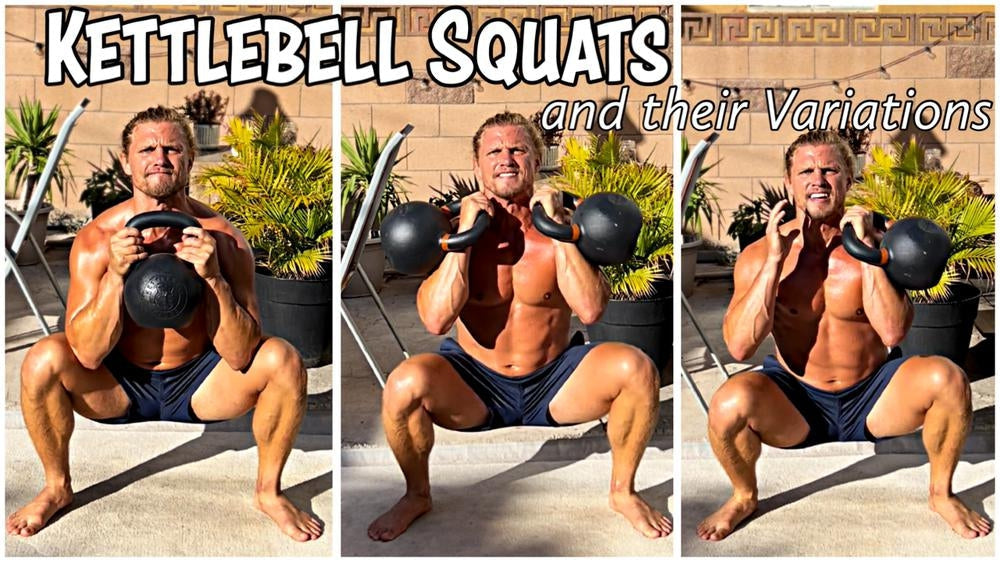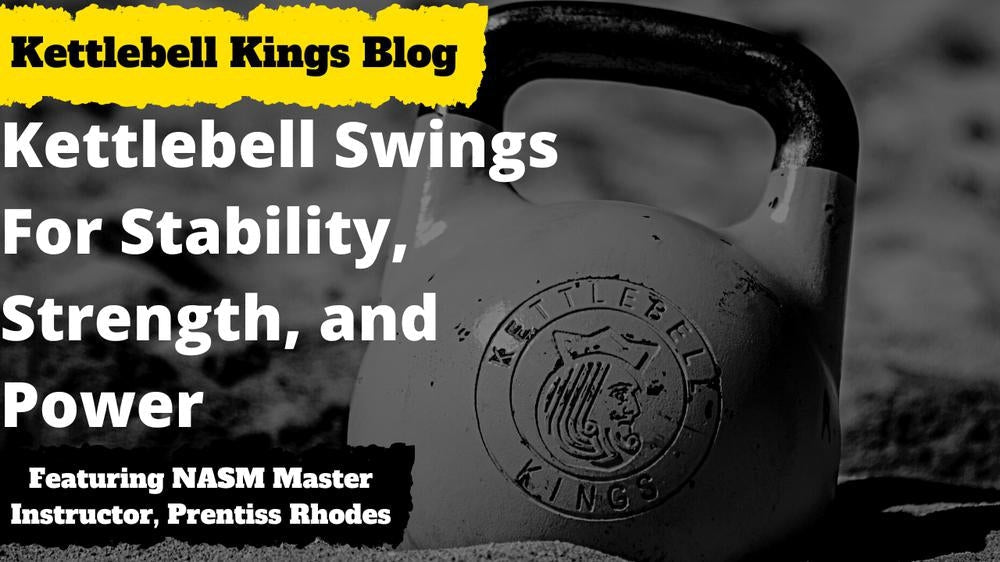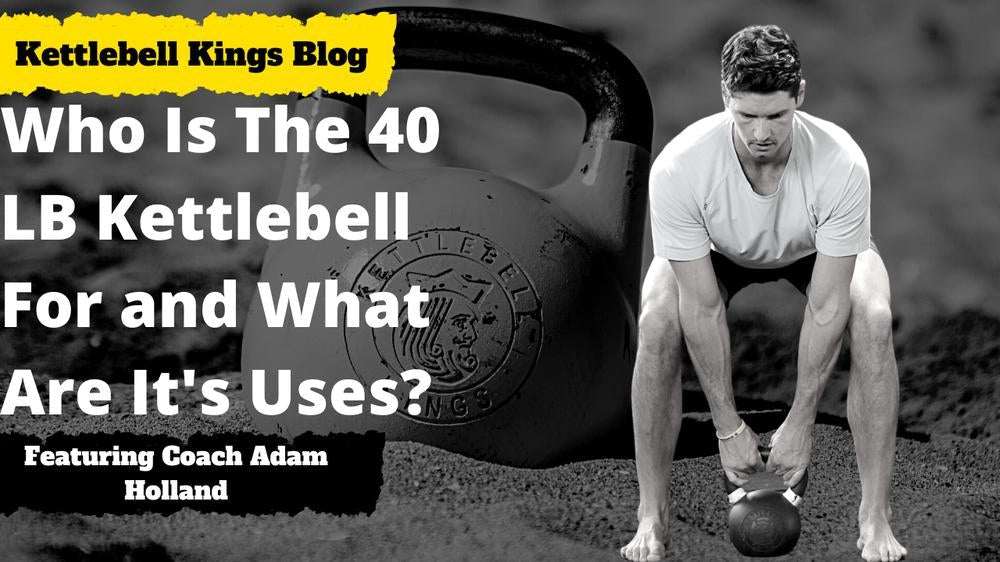When performing Kettlebell Squats, you have quite a few choices, here are some I will go over today:
- Goblet Squat
- Single Arm Racked Squat
- Double Kettlebell Front Squat
Goblet Squat
The Goblet squat was brought into popularity by elite strength coach Dan John. This kettlebell squat is preferred by many coaches and athletes alike, due to its simplicity. Holding the kettlebell in a goblet position, you descend the hips downward. While at the bottom drive your elbows to spread your knees, and then stand up. It’s that simple!
Goblet Squat steps for success:
- Line feet shoulder width apart, feet slightly turned outwards.
- Bring the Kettlebell tightly to your chest, grabbing by the horns.
- Corkscrew your feet into the ground (keep your heels and toes planted).
- On descent, actively pull your hips into the “hole,” while inhaling into your belly.
- Push your knees out with your elbows.
- Maintain a neutral spine throughout the movement.
- Begin ascent while letting out a grunt/or outward exhalation
- Hips and shoulders ascend equally.
- Hips and knees extend fully at the top.
Single Arm Racked Squat
The Single Arm Racked Squat variation is great for reducing asymmetries, and creating strong cross-lateral core work. By holding the kettlebell on one side, your job is to not let the racked side twist, and maintain tension on the non-racked side.
Single Arm Racked Squat steps for success:
- Line feet shoulder width apart, feet slightly turned outwards.
- Clean the kettlebell to a racked position, with a straight wrist.
- Corkscrew your feet into the ground (keep your heels and toes planted).
- On descent, actively pull your hips into the “hole,” while inhaling into your belly.
- Keep your body square on both sides, creating tension by squeezing the opposite fist (pretending like you have a kettlebell on the non-working side).
- Maintain a neutral spine throughout full movement.
- Begin ascent while letting out a grunt/or outward exhaliation.
- Hips and shoulders ascend equally.
- Hips and knees extend fully at the top.
Double Kettlebell Front Squat
Tired of the wrist pain on the barbell front squat? Kettlebells offer a great solution. With the kettlebell racked position, the bells become a part of the athlete's body. This is also the variation that allows for greater gains, as you can increase the weight much easier. (Note: When performing the Double Kettlebell Front Squat, you should be proficient in your double kettlebell clean, and double kettlebell rack position).
Double Kettlebell Front Squat steps for success:
- Line feet shoulder width apart (or slightly wider to clear bells), feet slightly turned outwards.
- Clean the kettlebells up into a racked position, with straight wrists.
- Corkscrew your feet into the ground (keep your heels and toes planted).
- On descent, actively pull your hips into the “hole,” while inhaling into your belly.
- Maintain a neutral spine throughout full movement.
- Begin ascent while letting out a grunt/or outward exhaliation.
- Hips and shoulders ascent equally.
- Hips and knees extend fully at the top.
Activating everything from your quads and glutes to your core and lats, the kettlebell offers squat variations that are extremely effective for increasing strength throughout the entire body. All of these variations will help you develop higher quality of movement, and with mastery, make you a multifaceted athlete!
If you prefer a durable and versatile option, check out the Kettlebell Kings Powder Coat Kettlebell renowned for its reliability and durability.
For versatile training options, consider exploring our collection of adjustable kettlebells. With adjustable weights, these kettlebells offer flexibility to tailor your workouts to your desired intensity levels.










